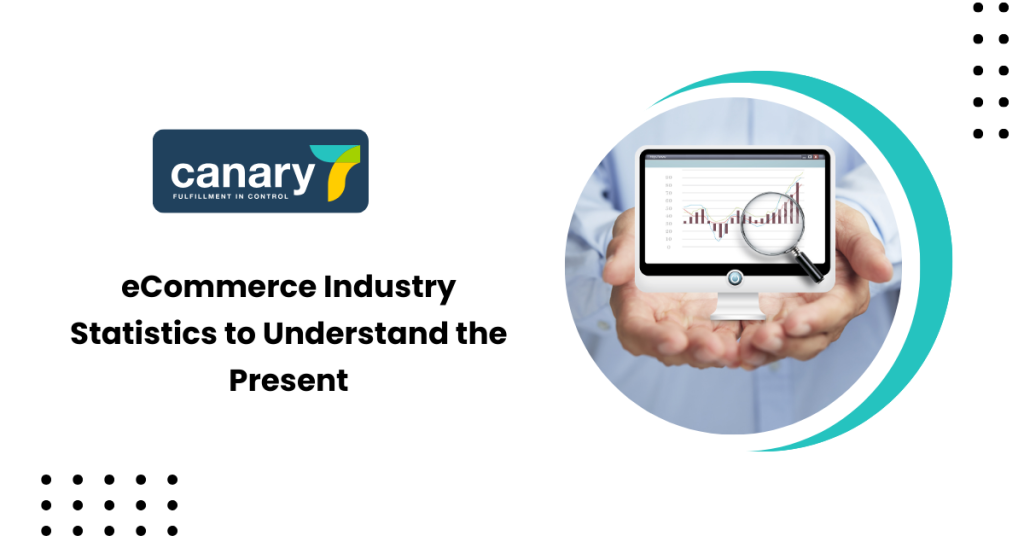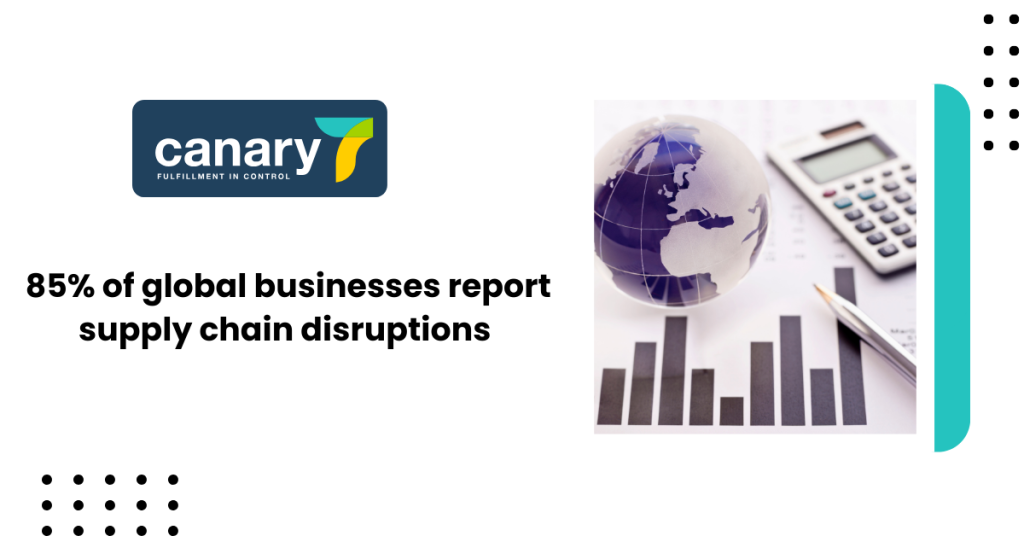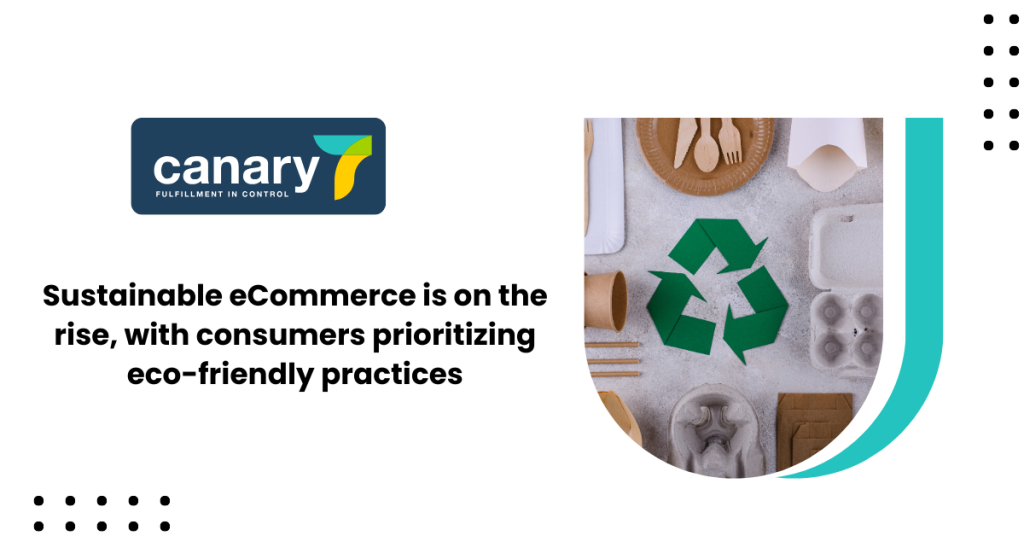Supply chain issues remain a critical challenge in 2024. From material shortages to shipping delays, nearly every industry has felt the impact. To mitigate these risks, businesses must focus on building more resilient supply chains, optimizing inventory management, and investing in technology like Inventory Management Solutions or a Warehouse Control System to streamline operations.
6. There are 2.5 billion digital buyers globally (Statista, 2024)
The number of people shopping online continues to rise, with 2.5 billion digital buyers expected in 2024. This growth signals the vast opportunity eCommerce presents. However, it also means businesses must appeal to a diverse audience with varying preferences, emphasizing the need for personalized shopping experiences and targeted marketing strategies. Leveraging a Warehouse Management System or Cloud-based eCommerce Warehouse System Software can help businesses manage inventory and shipping demands more effectively.
7. Social commerce is on the rise, with platforms like Instagram and TikTok driving sales
Social media platforms are no longer just for sharing content; they’re becoming significant drivers of eCommerce sales. Social commerce—purchasing directly through platforms like Instagram and TikTok—is expected to see continued growth in 2024. Brands can leverage these channels to reach younger, tech-savvy audiences and enhance their customer engagement while optimizing order fulfillment with the Best Order Fulfillment Software.
eCommerce Industry Statistics for the Future
With a firm grasp on the present, let’s look ahead to the trends that will shape the future of eCommerce. These projections offer a glimpse into where the industry is heading and how businesses can prepare.
1. eCommerce will account for nearly 24% of global retail sales by the end of 2024, with total sales expected to surpass $6.4 trillion (Thrive My Way, 2024)
The pandemic may have accelerated the growth of eCommerce, but it shows no signs of slowing down. By the end of 2024, eCommerce is projected to make up nearly a quarter of all global retail sales. This underscores the importance of investing in your online presence now to capture a piece of this expanding market. For businesses managing large inventories, Inventory Control Software or a UK Warehouse Management System can significantly boost efficiency.
2. By 2040, eCommerce is expected to account for over 95% of all retail purchases globally (Thrive My Way, 2024)
Although brick-and-mortar stores still hold significance in 2024, the future belongs to eCommerce. Projections indicate that by 2040, almost all retail purchases will be made online. Businesses need to focus on creating a seamless online shopping experience and building a strong digital infrastructure to thrive in this environment, leveraging Best Warehouse Management Software in UKand eCommerce Warehouse Management tools for success.
3. 43% of consumers demand personalized shopping experiences (Outgrow, 2024)




